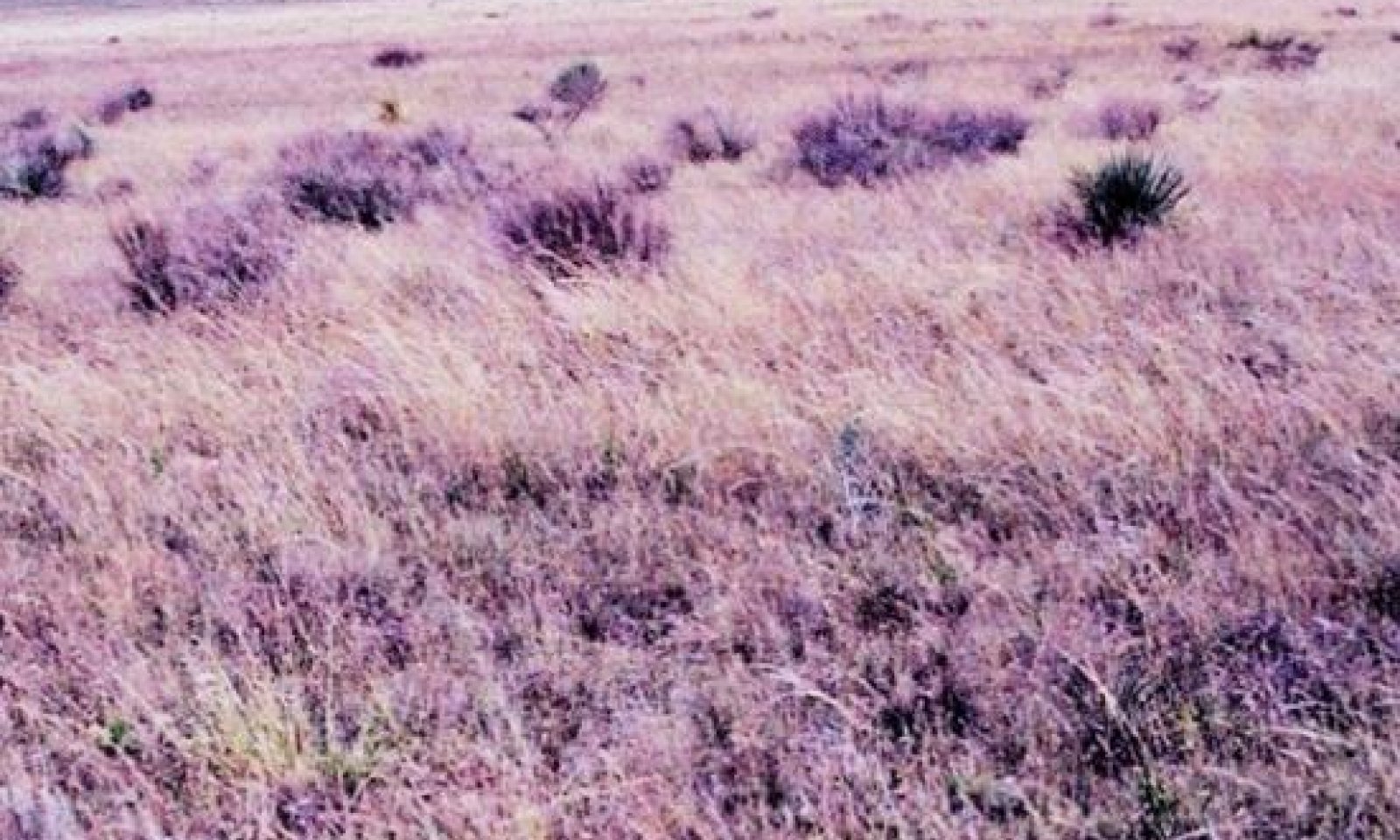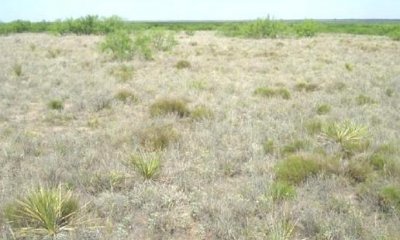
Sandy Loam 16-21" PZ
Scenario model
Current ecosystem state
Select a state
Management practices/drivers
Select a transition or restoration pathway
-
Transition T1A
Absence of disturbance and natural regeneration over time, may be coupled with excessive grazing pressure
More details -
Transition T2A
Absence of disturbance and natural regeneration over time, may be coupled with excessive grazing pressure
More details -
Restoration pathway R3A
Adequate rest from defoliation and removal of woody canopy, followed by range land seeding
More details -
No transition or restoration pathway between the selected states has been described
Target ecosystem state
Select a state
Description
The Midgrass/Shortgrass Community has a good mixture of midgrasses, shortgrasses and lesser amounts of tallgrasses. Grasses make up approximately 90 percent of the plant community. Midgrasses tend to dominate over most of the site with sideoats grama being the overall dominant species. Little bluestem is the dominant tallgrass and blue grama is the dominant shortgrass. The cool-season grasses include western wheatgrass and Canada wildrye and lesser amounts of needle & thread. Perennial forbs make up 3 – 5 percent of the community and shrubs such as sand sagebrush, yucca and catclaw acacia compose of remaining 3 – 5 percent of the overall annual production for the plant community.
Submodel
Description
Shortgrasses dominate with some midgrasses present. There is an increase in annual forbs and grasses. There are also increasing amounts of yucca, mesquite and broom snakeweed. Percent bare ground is increasing and production is decreasing.
Submodel
Description
The Degraded Shortgrass State for a Sandy Loam site has low vigor shortgrasses and increased amounts of perennial three-awn. Mesquite, yucca, sand sagebrush and broom snakeweed along with other woody species make up greater than 40 percent canopy. The bare areas have filled with annuals and the annual production potential is low.
Submodel
Mechanism
With heavy continuous grazing pressure, no fires, and no brush management practices implemented, the Midgrass/Shortgrass Community will shift to the Shortgrass Community.
Mechanism
With heavy continuous grazing, no fires, no pest management, and no brush management, the Shortgrass Community will transition to the Degraded Shortgrass Community.
Mechanism
Restoration will require prescribed grazing with rest periods during the growing season, re-seeding bare areas with adapted native grass species, and chemical and/or mechanical brush management and some form of pest management. With the reduced amounts of grass fuel, prescribed burning is usually not an option in this phase.
Relevant conservation practices
| Practice | External resources |
|---|---|
|
Brush Management |
|
|
Prescribed Grazing |
|
|
Range Planting |
|
|
Integrated Pest Management (IPM) |
Model keys
Briefcase
Add ecological sites and Major Land Resource Areas to your briefcase by clicking on the briefcase (![]() ) icon wherever it occurs. Drag and drop items to reorder. Cookies are used to store briefcase items between browsing sessions. Because of this, the number of items that can be added to your briefcase is limited, and briefcase items added on one device and browser cannot be accessed from another device or browser. Users who do not wish to place cookies on their devices should not use the briefcase tool. Briefcase cookies serve no other purpose than described here and are deleted whenever browsing history is cleared.
) icon wherever it occurs. Drag and drop items to reorder. Cookies are used to store briefcase items between browsing sessions. Because of this, the number of items that can be added to your briefcase is limited, and briefcase items added on one device and browser cannot be accessed from another device or browser. Users who do not wish to place cookies on their devices should not use the briefcase tool. Briefcase cookies serve no other purpose than described here and are deleted whenever browsing history is cleared.
Ecological sites
Major Land Resource Areas
The Ecosystem Dynamics Interpretive Tool is an information system framework developed by the USDA-ARS Jornada Experimental Range, USDA Natural Resources Conservation Service, and New Mexico State University.




